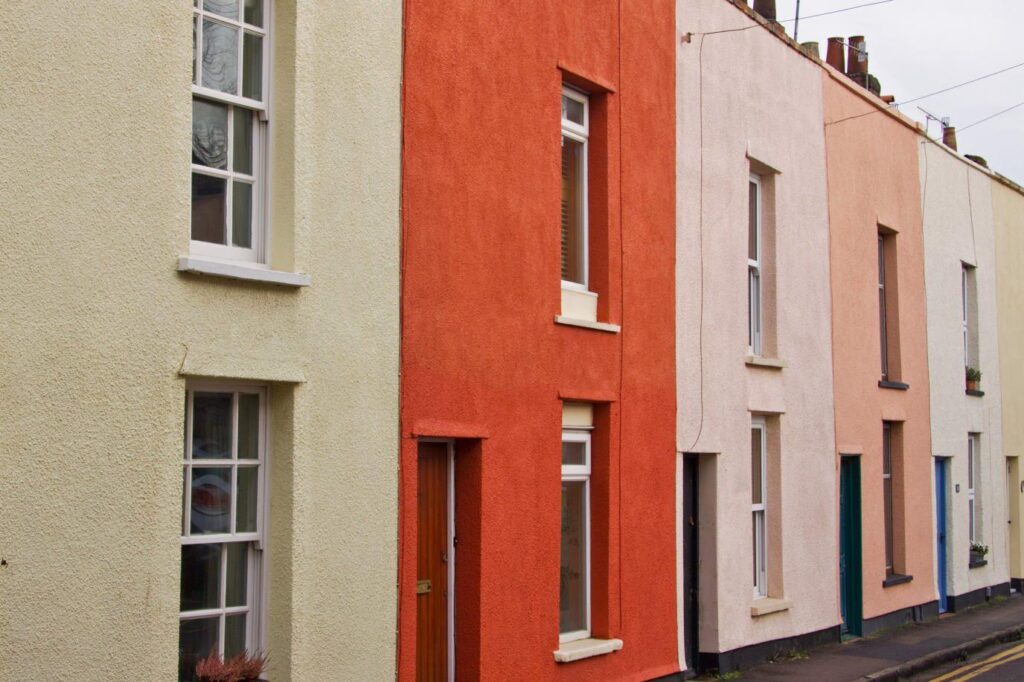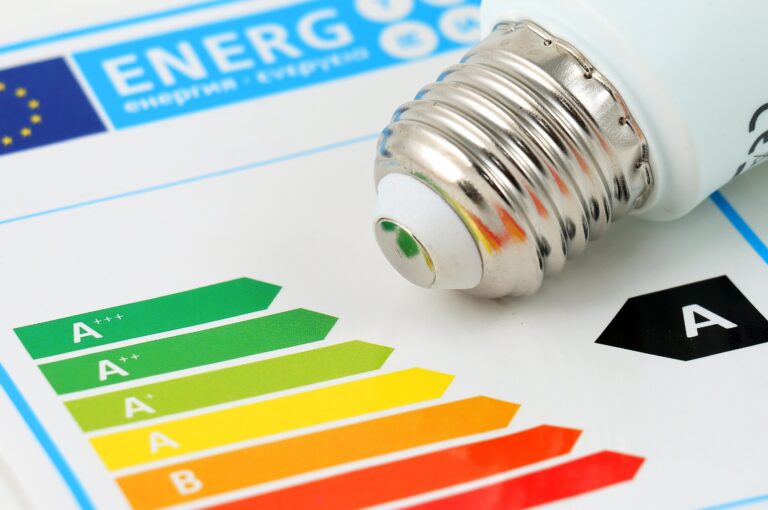Rendering is a great option, as it can look superb on almost any type of property, is hard-wearing and durable and can have a positive impact on the energy efficiency of your home, as well as adding value in many cases.
Here, we’ll explain everything you need to know about house rendering, including the types of render available and the potential costs involved…
What is rendering?
Render is a protective coating added to the brickwork of a property, which leaves a smooth or textured finish either in a specific colour or that can be painted.
Which render is best for a house?
There are a host of different renders available, and each offers different finishes and benefits depending on the type of property you have…
1. Lime render
Lime render was traditionally used more than 50 years ago but is increasing in popularity once again as property owners seek to add more character to their homes.
Lime render is flexible and has breathable qualities, meaning it’s great option if your property suffers with damp problems.
However, it can be difficult to work with and requires specialist application, so the costs are usually higher than other types of render.
Best for: Period properties or those that suffer with damp issues.
2. Cement render
Cement render is the most commonly used type of render in the UK. It usually requires several coats and can require regular cleaning and repainting.
However, it’s usually the most cost-effective option for more modern properties.
Best for: 20th century properties, particularly those from the post-war era.
3. Polymer render
Although polymer render is usually cement or lime-based, it includes polymers which can help to prevent cracking.
Polymer render is also a great option as it can come in a wide range of colours, meaning no ongoing painting requirements.
Best for: Any kind property, but specifically more modern homes.
4. Acrylic render
Like polymer render, acrylic render comes in various colours and doesn’t require painting.
However, acrylic render is used more often as a top coat to an existing finish and contains fibres to help prevent cracking.
Best for: Pre-rendered properties that require additional protection or a low-maintenance finish.
5. Silicone render
Silicone render is the most modern type of render available and even claims to be self-cleaning.
Because silicone is used in the mix, rainwater helps to wash away dirt, leaving a clean, crisp and low-maintenance finish.
Because it’s more of a premium product, silicone render can be more expensive than other options.
Best for: Modern homes whose owners want a smooth, low-maintenance finish.
Is rendering a house worth it?
The primary reason for considering a render finish is often aesthetic.
Render can produce a neater, crisper finish than traditional brickwork and that’s why many homeowners and landlords choose to have it.
However, rendering can also aid a property’s efficiency and protect it from the weather and potential damp problems.
Having your property rendered isn’t always a cheap option.
So, whether it’s worth doing will depend on how you want your property to look and whether or not you feel it needs that additional layer of protection against the elements.
Is rendering bad for your house?
Although render has enjoyed major advances in recent decades, rendered houses can sometimes experience certain issues.
Those include:
- Cracking in walls
- Discoloured paintwork and flaking
- Damp penetration
- Algae and mould on the render
However, modern rendering techniques are excellent at negating these issues and the benefits of rendering usually outweigh any potential negatives.
Is it cheaper to clad or render a house?
Cladding is generally more expensive than rendering but does offer the same aesthetic and protective benefits that come with render.
However, cladding can sometimes look out of keeping with other properties and uPVC cladding can appear ‘cheap’.
How to render a house
Rendering a property is specialist job and while it’s possible to do it yourself, achieving a professional finish can be difficult.
By hiring a professional, you’ll get the finish you want, and you’ll have peace of mind that the work has been completed properly.
Here’s the process you can expect…
1. Check planning restraints
Rendering your property won’t usually involve planning permission.
However, if your property is in a conservation area or sensitive location, you may need permission before undertaking any work.
Before starting, always check with your local authority.
2. Wall preparation
Your contractor will survey your property’s exterior walls and make repairs to any damaged or defected areas before starting work.
3. Remove or protect external fittings
Pipework and window surrounds should be masked off and protected before rendering work begins, while metal stops, and angle beads should be added to create sharp edges for the render to be applied to.
4. Insulation
If external insulation boards are being added to the outside of the property, they’ll be fixed in place before a render mesh is added over the top.
The mesh will be bedded into the first layer of render to create a base for subsequent layers to be fixed to and helps to prevent cracks.
5. Render added
Layers of render will then be added and built up, before being levelled off to form a smooth finish.
6. Painting
If the render added isn’t coloured, once dry the top layer can be painted with a weatherproof external paint.
7. Reapply fittings
Once the render is painted, or coloured render is dry, external fittings like pipes can be fixed.
How much does it cost to render a home?
The cost of rendering a house depends on the type of render being applied and the labour involved to complete the work.
According to Checkatrade, the average cost of render is between £30 and £60 per square metre.
Scaffolding and preparation work can be required on top, so rendering a typical semi-detached home could cost in the region of £3,000 to £6,000.




